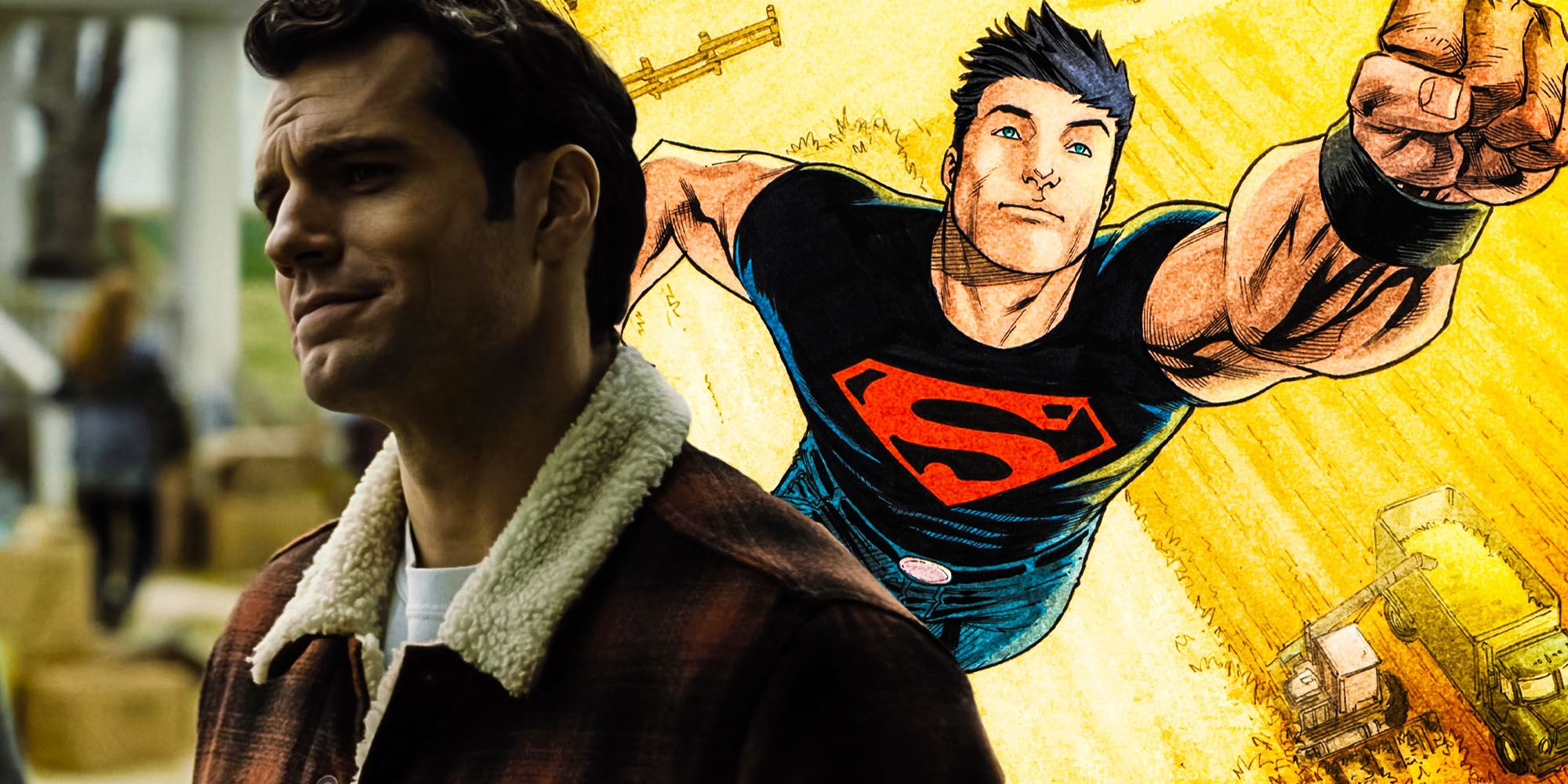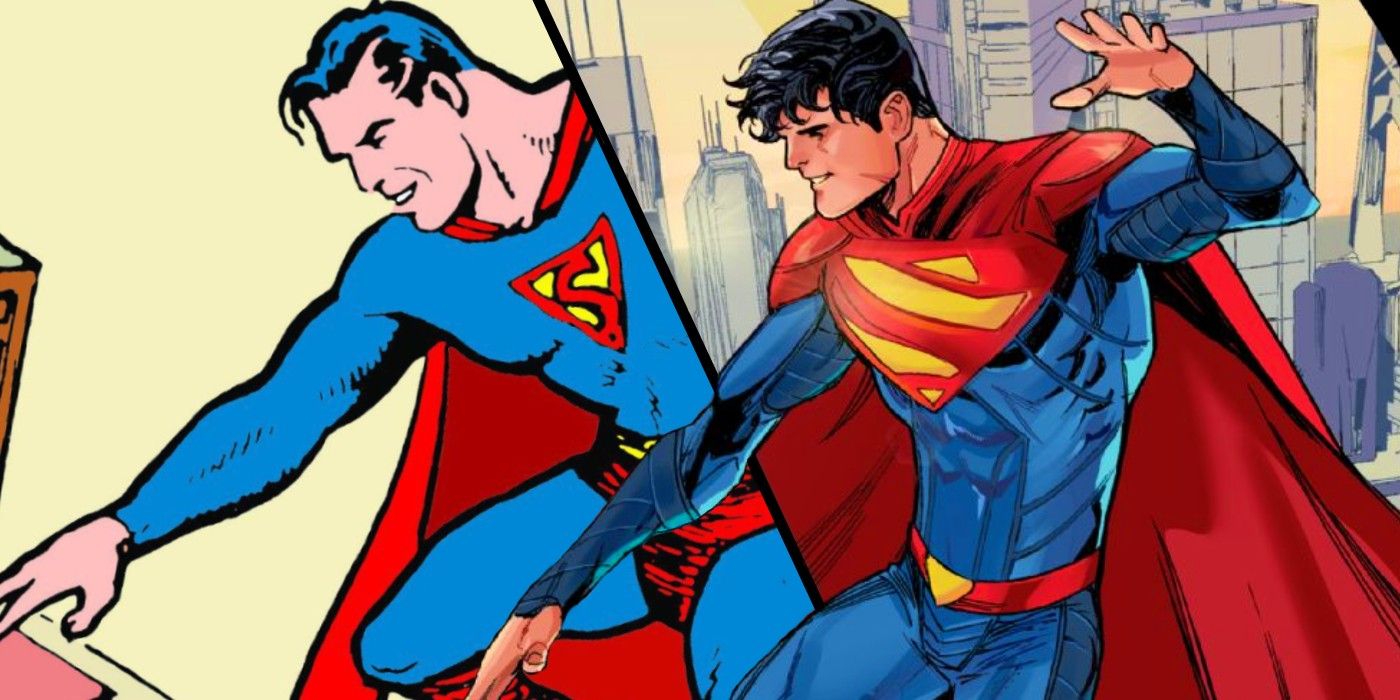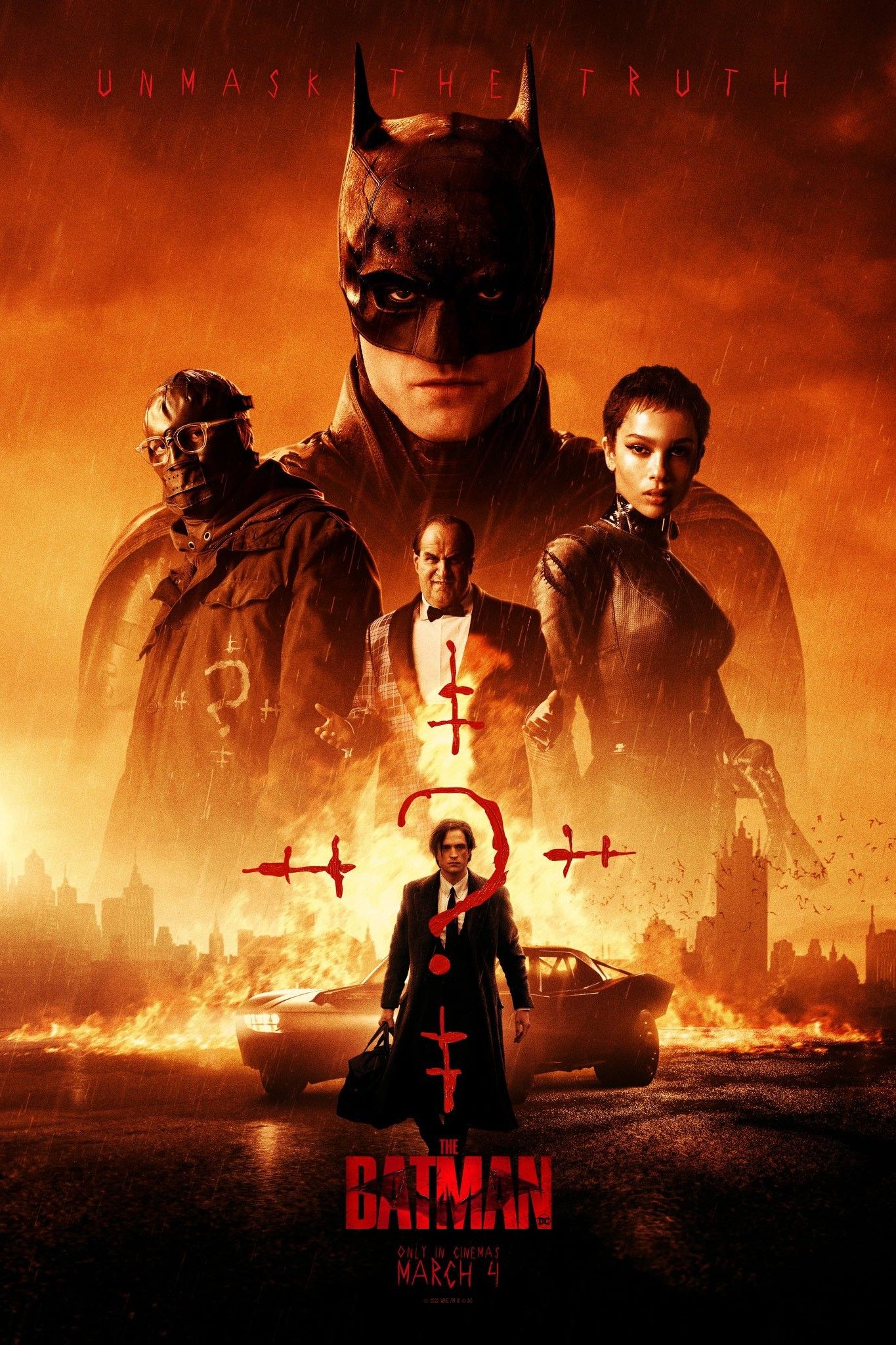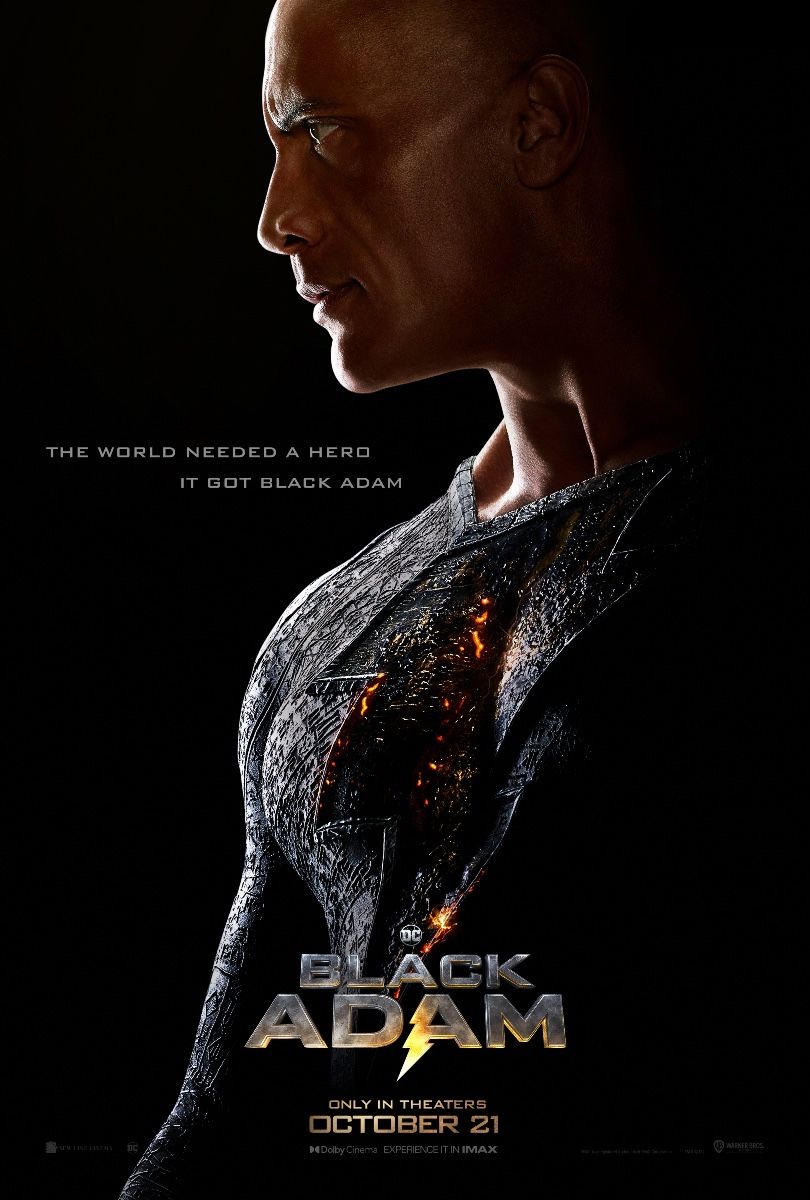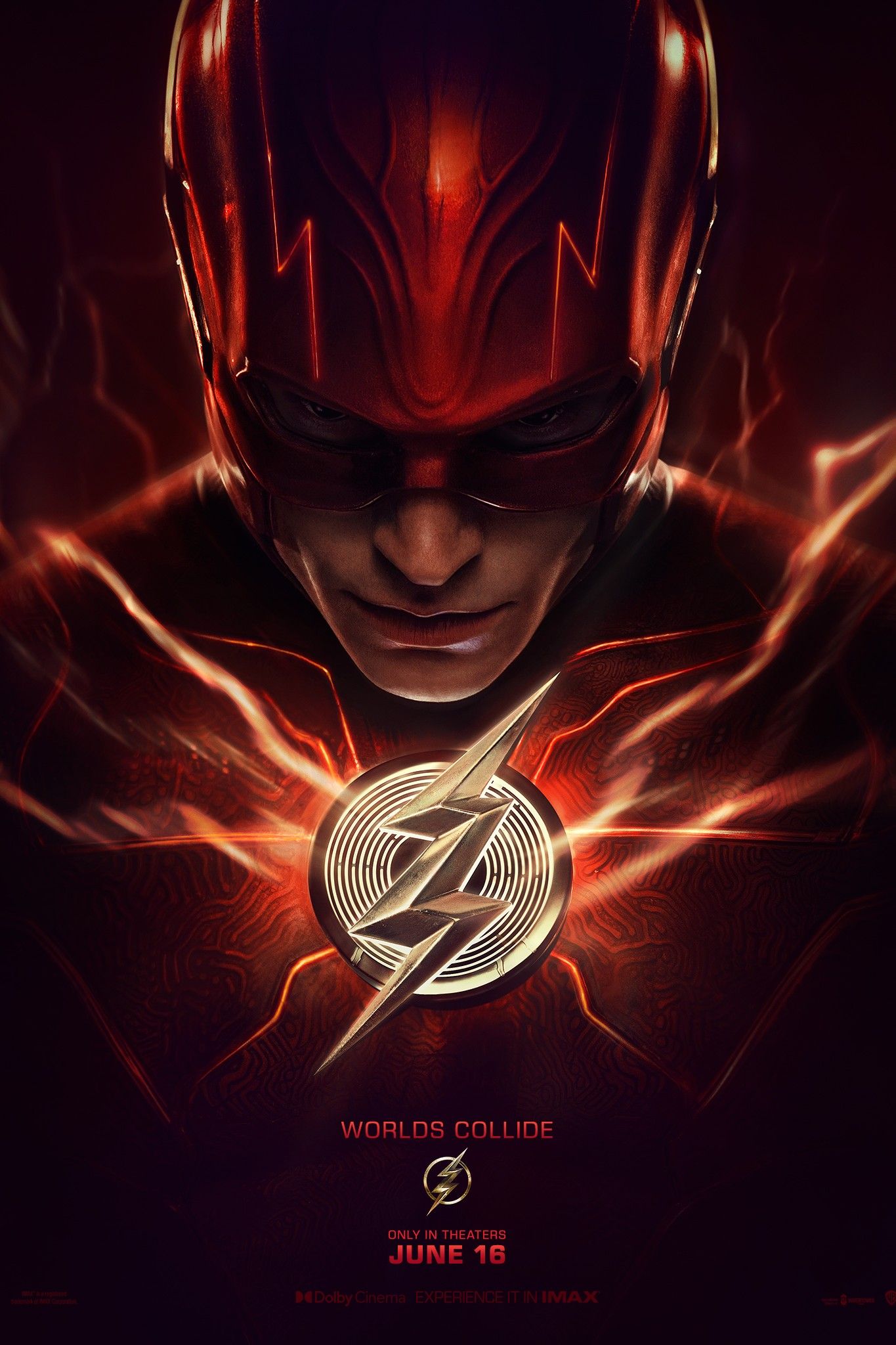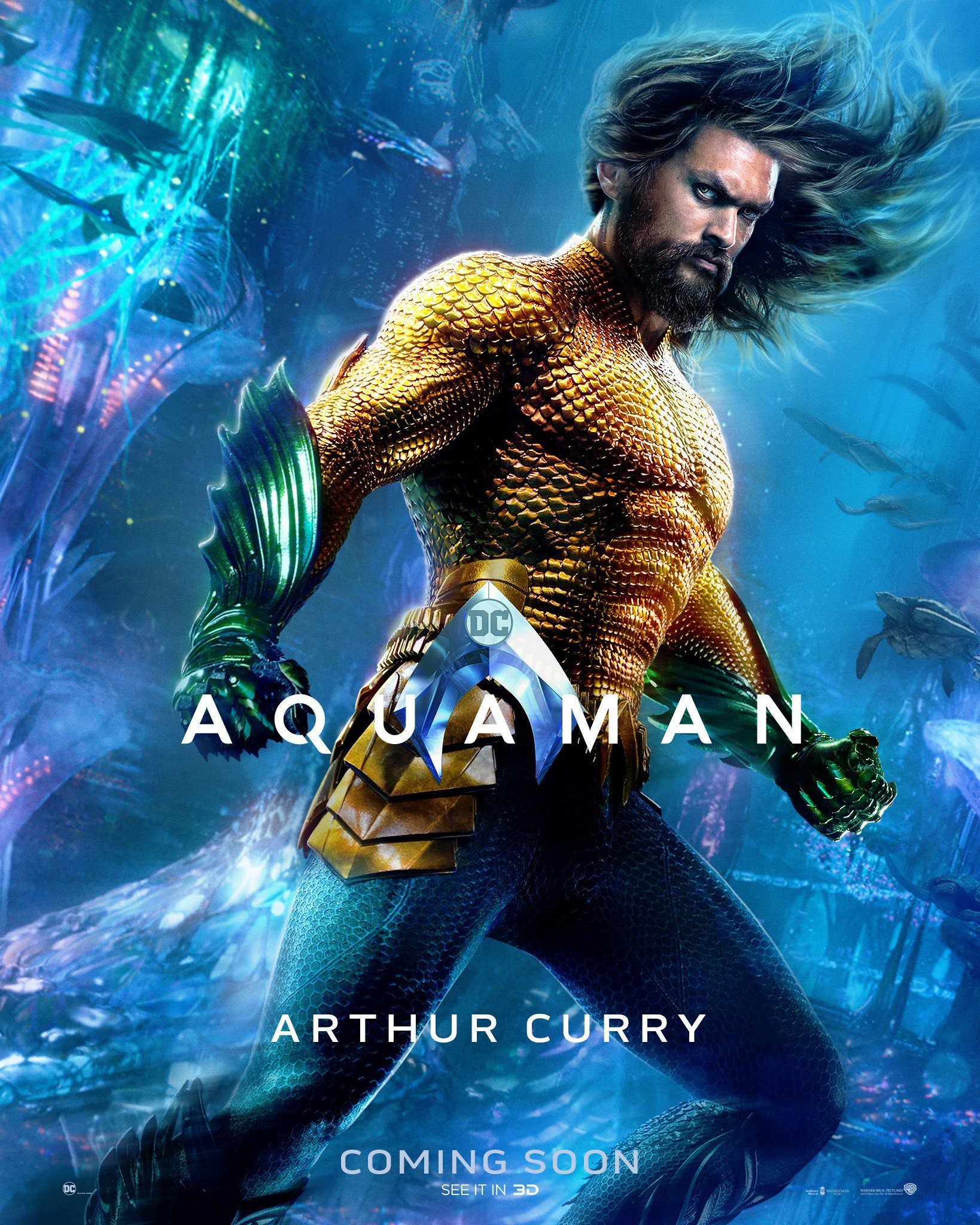Superman’s story arc in the DCEU has yet to be concluded, but the addition of his son, Jon Kent (a.k.a. Superboy) would complete Clark Kent’s overarching characterization that began with Man of Steel. The 2013 epic not only initiated the story of one of the best live-action incarnations of Superman but the DCEU franchise as a whole. Whether or not Henry Cavill will return as the Man of Tomorrow is ambiguous, but assuming that he (and legions of fans and filmgoers) gets their wish of seeing him reprise his role and complete his story, introducing a DCEU version of his son would be essential.
Debuting almost a year before the DC Rebirth line of comics, Jon Kent is the son of Clark Kent and Lois Lane. Inheriting his father’s powers, Jon soon became the latest young Kryptonian to adopt the title of Superboy (previously held by Clark Kent in the Silver Age and Conner Kent in more modern stories). As Jon grew up and honed his powers, he also inherited his father’s title of Superman, and with Clark off-world, Jon now protects Earth as the new Man of Steel.
As shown in Man of Steel, Clark Kent’s character arc takes off after his father, Jonathan Kent, tragically dies in a tornado (with Clark reluctantly honoring his wish to hide his abilities from the public eye). Although he embraces his dual identities of both Clark Kent and Superman by the end of the film, Kent’s character growth continues in each major film appearance, with Zack Snyder having planned the chapters of his story after the events of Zack Snyder’s Justice League. Ideally, if Snyder’s Justice League and Superman solo movie plans came to fruition, ending Clark’s story with his son becoming Superboy would be the ideal way to conclude the epic tale of Superman as it would both provide a symbolic passing of the Superman mantle and bring the current iteration of the character to an organic close.
Snyder’s plans for Superman would have had him gradually grow back into the role of the classic superhero following his resurrection. Clark, who donned the black solar suit in Justice League (which enhances his ability to absorb solar radiation, helping him return to the peak of his strength over time) would eventually wear the classic blue and red outfit once more, only for tragedy to strike yet again. An apocalyptic future would be brought on by the death of Lois Lane, leaving a now emotionally distraught Superman vulnerable to Darkseid’s Anti-Life Equation, removing Kent’s free will. Batman, The Flash, and other surviving members of the Justice League would use time travel to avert this Knightmare future, though it would come at the cost of Bruce Wayne’s life. With the superlative threat of Darkseid gone and Clark having been Superman for quite some time by this point, the DCEU would be in the best position to introduce Jon, who’d become the franchise’s Superboy (and be strongly implied to eventually succeed his father as Superman). The introduction of Superboy would, in this instance, have therefore set up the next generation of DCEU superheroes while also establishing the character as Superman's natural successor.
Although the DCEU’s Superman is a hopeful character and a faithful representation of his comic counterpart, his films often delved into the darker subject matter. Perhaps the most infamous example is Superman’s reluctant killing of the murderous General Zod, which provided a tragic rationale for Superman’s rule of never using lethal force against his foes. Introducing Jon Kent would not only set up an eventual successor to Clark, but it’d also show the latter as both a father and a mentor, balancing out the DCEU’s often dark narratives. With his son becoming Superboy, Superman’s story would poetically end with him raising a new hero, just as his heroic journey began with the tragic demise of his father in Man of Steel.

